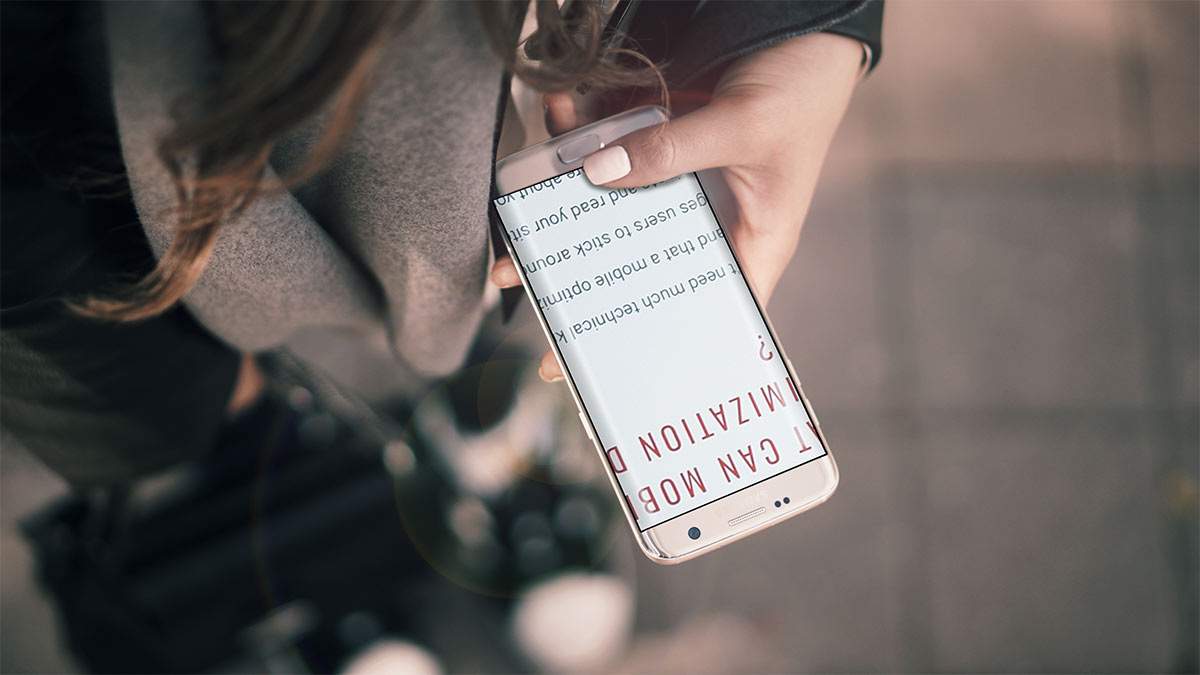Complete darkness? Blurriness? Tunnel vision? Either completely or partially losing the sense of sight is difficult to imagine for most people, but for thousands it is the reality of daily life. While white canes and guide dogs are aids that have stood the test of time, innovative technology is being utilised to make day-to-day life easier for blind and visually impaired people. From smartwatches with braille and glasses with an integrated camera for reading, to apps that offer more independence and freedom, we take a look at some of the best tech around.
Glasses that can read and recognise faces
Cameras that recognise text and enlarge it on-screen are a wonderful resource for people who are visually impaired, and OrCam takes this concept a step further. It is a camera that can be fixed to any regular pair of glasses, which is then connected to a small computer that can be tucked away in a pocket or bag. With a simple hand gesture, the OrCam will recognise and read text, articulating it to the wearer through a small speaker. As well as text, the OrCam can recognise street signs, menus, bank notes, and even faces. The OrCam helps blind and visually impaired people reclaim a level of independence, and with continued development will undoubtedly become faster and more accurate in the future.
A similar piece of tech called Horus is expected to hit the market in 2018. Horus’ design is akin to a pair of sports headphones, meaning it can be worn with or without glasses. Like the OrCam it is attached to a pocket unit, which also acts as the control centre, with different shaped buttons for each function. The camera can read text, recognise people, and identify objects, even if viewed at an angle. Horus will initially be available in English, Italian and Japanese, with more languages in the pipeline.
The smartwatch with Braille display
Whereas most smartwatches for blind and visually impaired people rely on audio feedback, Dot features a Braille display. It’s rolling four-letter display will allow users to tell the time, receive notifications, and read messages, while accepting a call is made easy thanks to buttons on the side. The open API allows developers to write their own apps to be used with the Dot. Although not yet widely available, the first deliveries of the Dot were made this year.
Apps that make life more accessible
As well as new and innovative wearable devices, apps are helping utilise the piece of tech many people already own: a smartphone. TextDetective and Prizo scan texts, business cards, menus, and packaging and read it back to the user via VoiceOver or TalkBack. For people with chronic diseases such as diabetes, MyTherapy (free for iOS and Android) features such as medication reminder, health diary, and symptom tracker are also accessible thanks to VoiceOver and TalkBack. This gives blind and visually impaired people the ability to take greater control of any other medication they may need in day-to-day life.
In addition to reading, communication, and health management, people with visual impairments also face challenges when it comes to leisure activities such as going to the cinema. Greta, whose sister app Stark helps those who are hard of hearing, is an app that provides audio descriptions to the user. Greta’s developers work with film distributors to make the audio descriptions accessible free of charge to users, who can sit back, relax, and enjoy great films, either at home or at a cinema.
Be My Eyes is an app that is driven by community spirit and a willingness to help from volunteers. When a blind or visually impaired person needs support, whether it’s reading the expiry date on a carton of milk, crossing the road, or anything in between, they can use the app to swiftly connect to an able-sighted user via live audio-video chat. The person on the other end lends a moment of their time to help, making everyday obstacles easier for the user to overcome.
What tomorrow holds
The world of technology offers new and exciting ways of making the world more accessible for the blind and visually impaired. The development of virtual reality glasses, which are able to create a 3D world in front of the user’s eyes, offers a host of new opportunities. With innovators pushing the boundaries, we are excited to see what developments are just around the corner.



